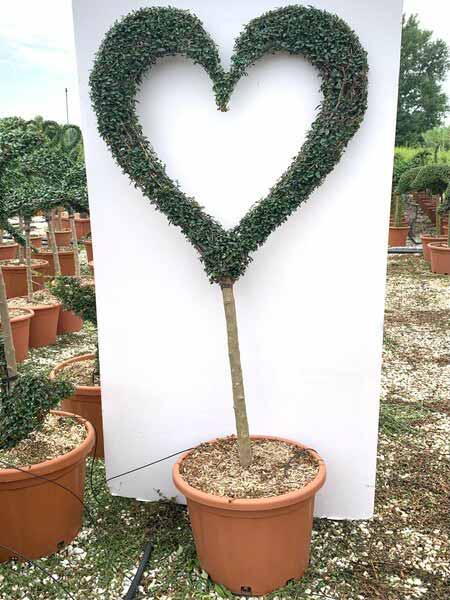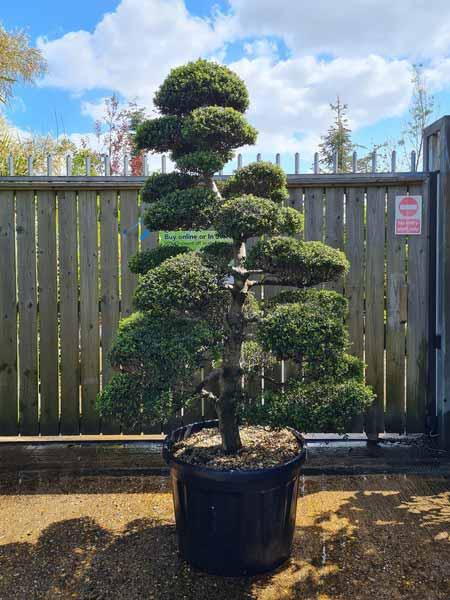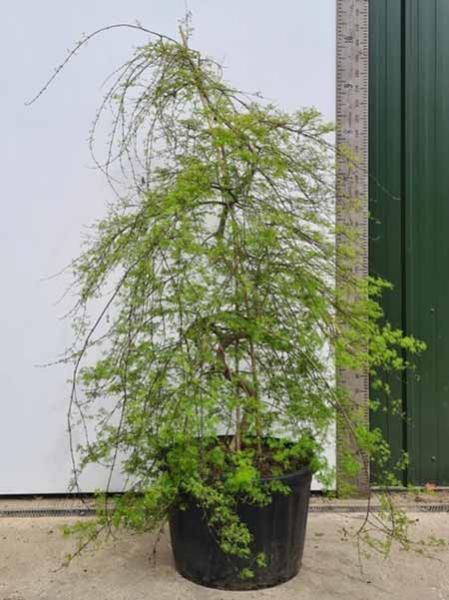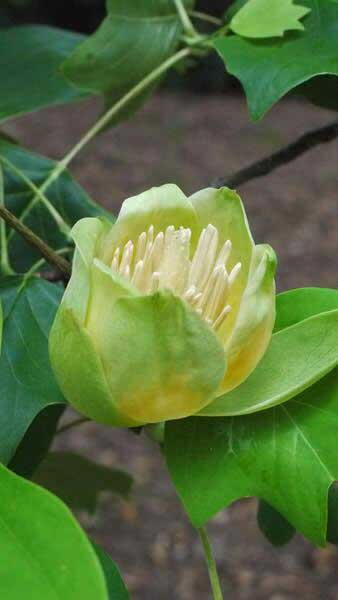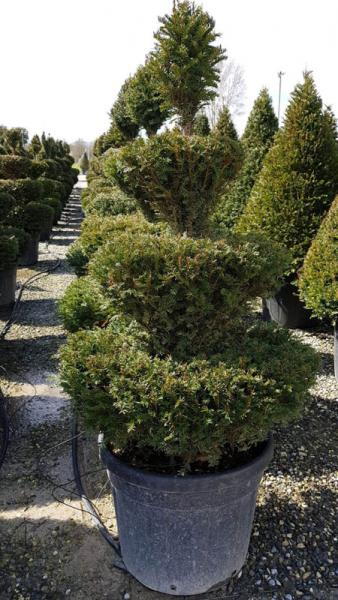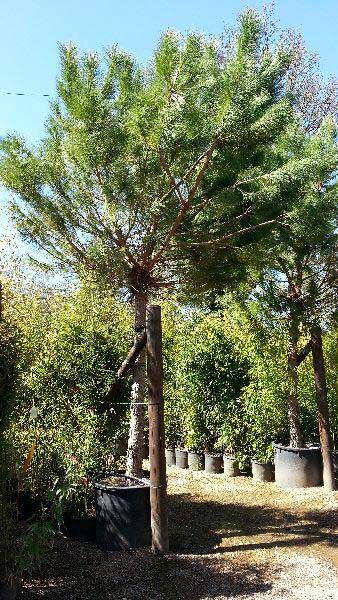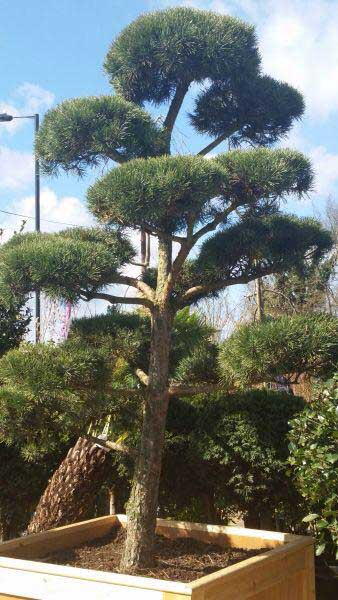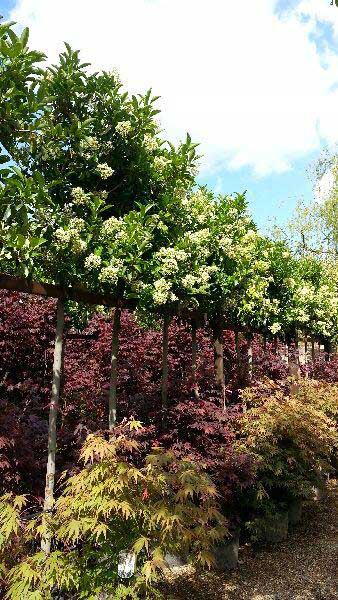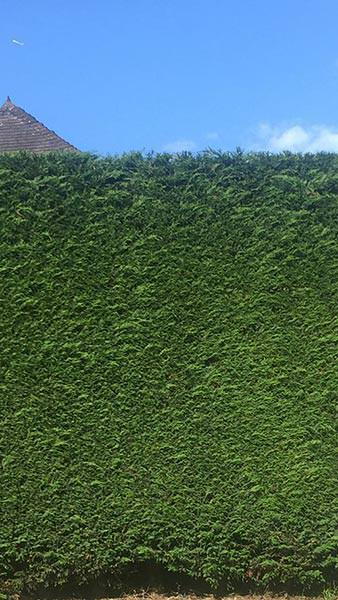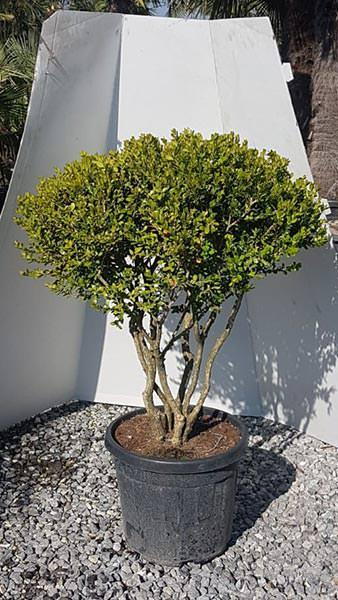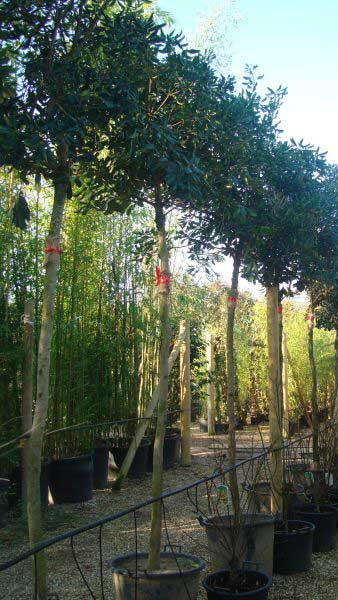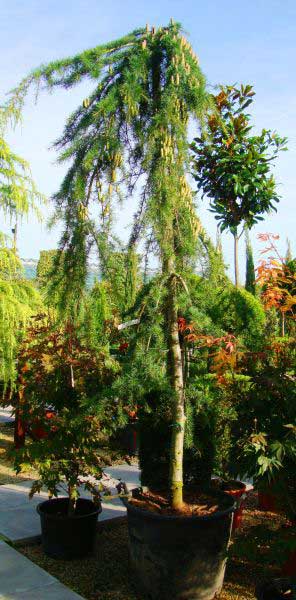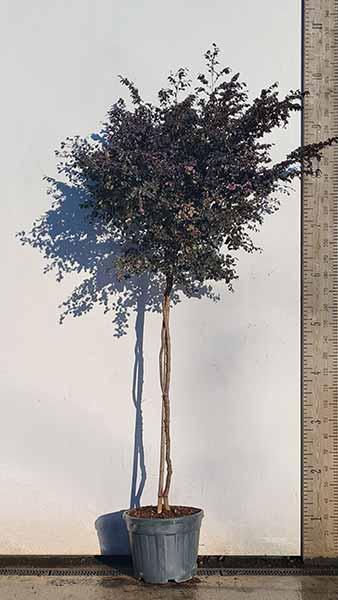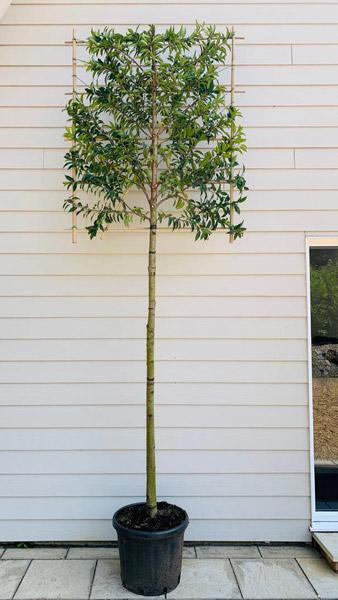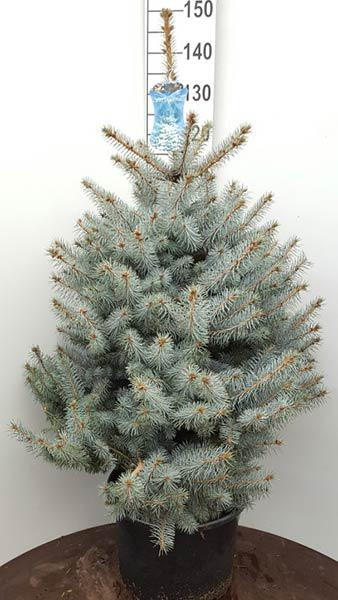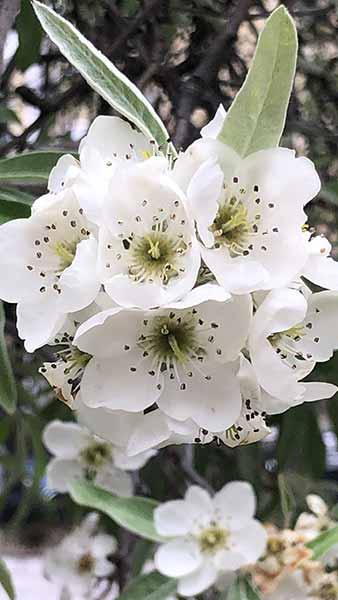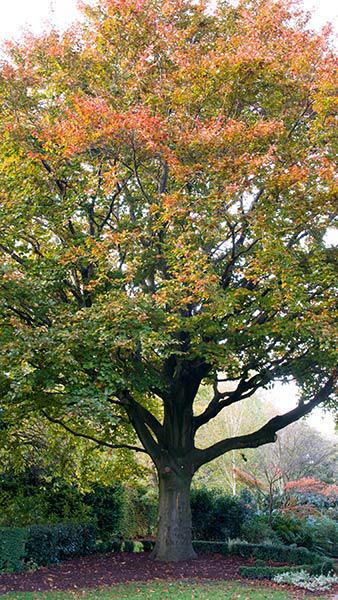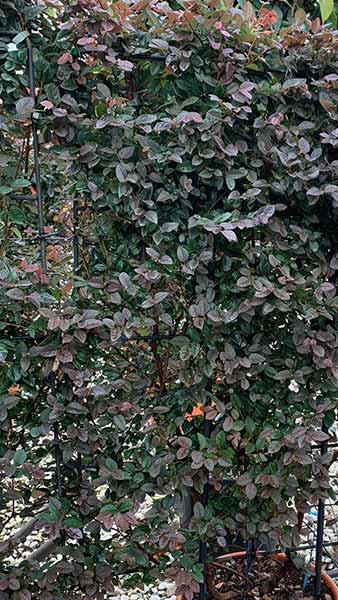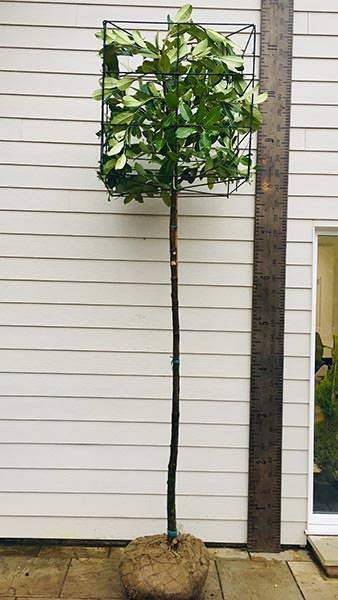Leylandii Trees. Cupressus Leylandii. Leyland Cypress Hedging. Fast-Growing Leylandii for Hedging and Screening.
As one of the fastest growing conifers, Leyland Cypress (botanical name Cupressus x Leylandii) is a very popular choice for both hedging and evergreen screening. These evergreen Leylandii specimens are sold as Green Leylandii Root Balls, meaning they are supplied with a proper root system fully intact but without a pot. Root ball hedging plants are grown directly in the ground in open fields rather than containers. When the mature plants are dormant during the autumn and winter months, they are dug out of the ground with the soil around the plant’s root ball intact and wrapped in biodegradable Hessian sacking for protection. Leyland Cypress Root Ball plants are ideal for planting en masse. In root ball form, they are probably the most cost effective and fastest growing hedging or privacy screening available.Best known for its flame-shaped outline, Cupressus Leylandii is an evergreen conifer with lush, scale-like foliage. Deep green and dense, the leaves offer year-round interest and can serve both as a privacy hedging and a windbreaker. When it comes to ideal growing conditions, Cupressus x Leylandii is quite undemanding. Leylandii Root Ball plants can be planted in any well-drained soil, in a hole 2 to 3 times bigger than the root ball diameter. This evergreen conifer thrives in full sun, but it will fare well in partial shade also.When you plant the Leylandii Root Balls, make sure to leave enough space between them to allow them to fully develop. For best results, the spacing should be about 1.5 metres apart. As this is a vigorous, fast growing cultivar, the Leylandii Root Balls will quickly form a wall of dense foliage. After planting, water thoroughly and apply a layer of mulch. The biodegradable hessian sack and a wire mesh protecting the root system should not be removed.Long-lived, Leyland Cypress Root Balls can grow as much as 1 metre in height per year. Once established, regular pruning of the new growth twice or three times per year is required to maintain a neat shape for your Leyland Cypress Hedge. This will also allow you to easily maintain the hedge at the precise height you require. Fully hardy in the United Kingdom, Leylandii Cypress can survive even if the temperatures drop 20 degrees below zero. Robust and tough, this cultivar is rarely affected by pest and diseases.Leyland root ball hedging is the fastest and most cost effective way to establish a beautiful green evergreen hedge in your garden. Green Leyland Cypress Root Balls are good value for money and a great option for mass planting. This cultivar is tough, easy to grow, and practically maintenance-free, and its vigorous growth rate ensures you won’t have to wait for years to get an impressive evergreen screen or hedge. And, if you’re prone to sneezing and sniffing when around Christmas trees, you’ll be glad to know that Cupressus x Leylandii doesn’t produce the allergy-triggering oleoresins, which makes it ideal for people with sap or pine tree allergy.Please see also Cupressus Leylandii hedging plants in containers offering a wide choice of sizes and maturities.
